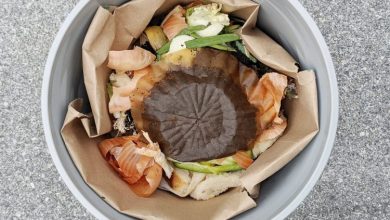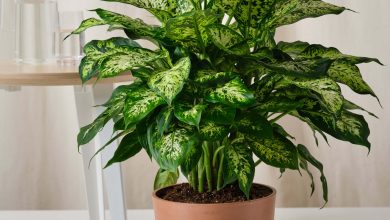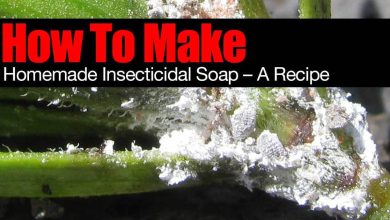How to Plant Yam: Complete Guide + [Images and Step by Step]
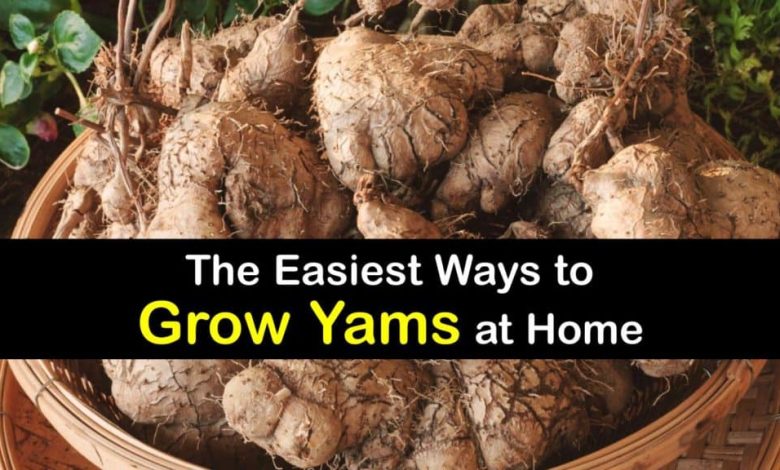
Important points to plant Yam:
- When? Between April and June.
- Where? In tropical areas with constant temperatures between 18 and 35 ºC.
- Harvest time? 6 months after being planted.

- How do we prepare the land? The optimum pH ranges between 5.5 and 6.5. Fertilize the soil with plenty of compost.
- How do we water? Maintaining optimum relative humidity between 60 and 70% during the day and between 70 and 90% at night.
- How often do we water? Water every three days in the morning.
- How do we sow? Burying each yam rhizome to a depth of between 3 and 7 cm. Then we leave a distance of about 40 cm between each plant.
- When do we harvest? When the vine dries up and the aerial parts begin to wither.
- What good associations do you have? Garlic is a good association that serves as a repellent.
- Diseases and pests? Nematodes, Lasiodiplodia SSP and anthracnose.
The yam is a starchy root vegetable, like the potato, cassava, or ginger of West African origin.
It has a long, cylindrical shape, with a rough exterior. It can be consumed boiled or cooked, or processed into flour or starch. It is a productquite versatile and very low cost.
It is one of the most consumed foods in the world, since it provides the body with complex carbohydrates and soluble fiber, as well as B vitamins and vitamin C. In fact, after cassava and sweet potatoes, it is the tuber with the greatest agroeconomic importance. globally.
In addition, it is easy to grow and requires very little care.
You may also be interested in: How to Plant Diamond Yam
What do we need to plant yam?
When should it be sown?
It is recommendedsow yam between april and june, during the rainy season.
It is very important to avoid winter frosts, especially in very cold regions, since it does not survive low temperatures.
Where do we plant yams?
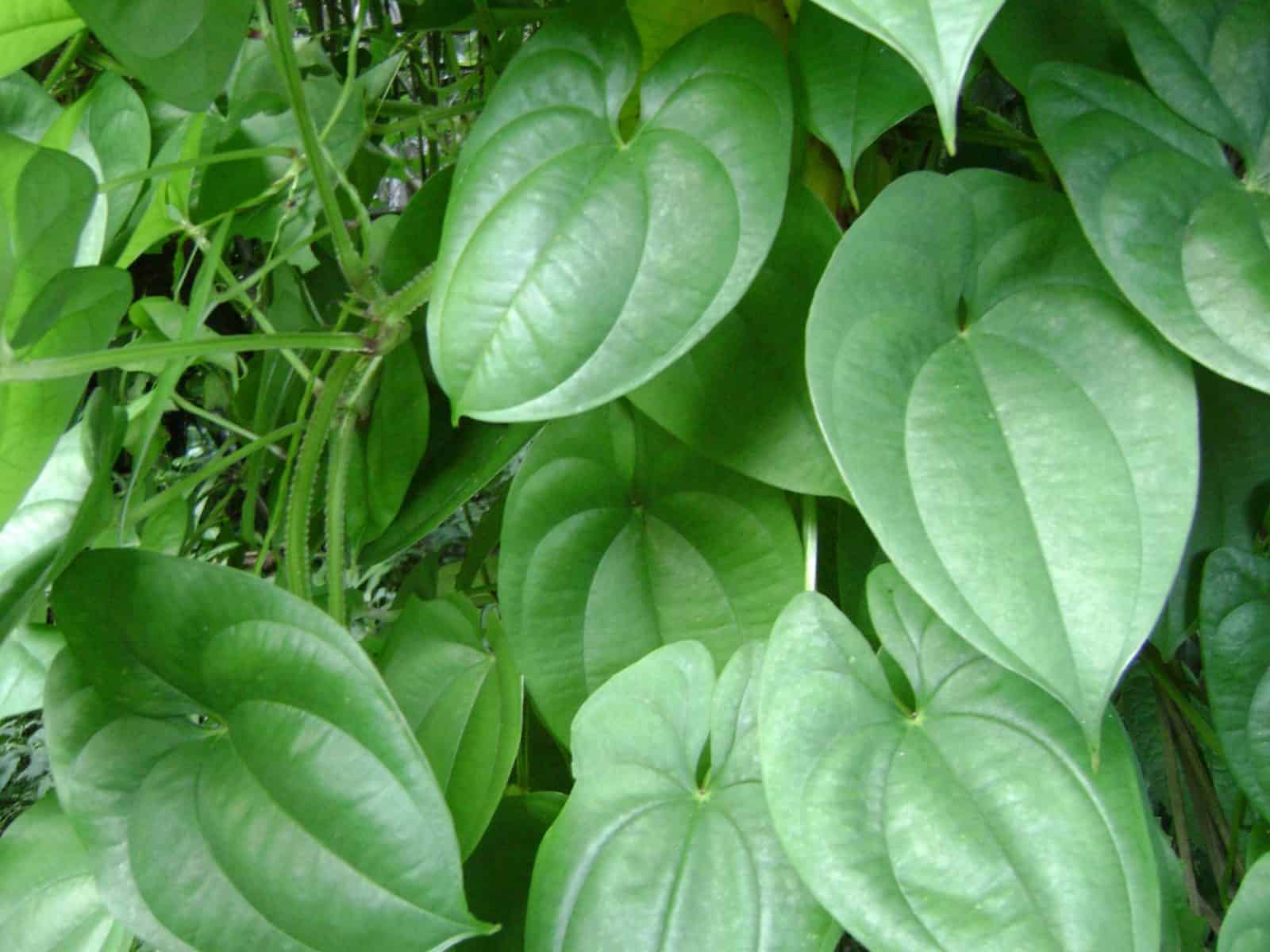 It is a tropical plant that proliferates with heat, so it is not resistant to frost.
It is a tropical plant that proliferates with heat, so it is not resistant to frost.
It requires direct sunlight. the best are 8 or more hours of sunshine per day, so they favor longer days.
The ideal temperature is between 18 and 35 ºC constant.
How often should it be watered?
It requires constant humidity throughout its life cycle. However, care must be taken that the soil has good drainage. Excess moisture can cause root suffocation, rot and certain fungal diseases.
The optimal relative humidity is between 60 and 70% during the day and between 70 and 90% at night.
It does not tolerate droughts, so a constant irrigation scheme must be maintained. It is recommended to water every third day in the morning to keep the soil moist without causing waterlogging. During the hottest times it may require daily watering.
How do we prepare the land?
 The ideal soil should beloamy and sandy, with good drainage, ventilation and sufficient organic matter.The soil must also be loose and easy to penetrate, deep enough for its development.
The ideal soil should beloamy and sandy, with good drainage, ventilation and sufficient organic matter.The soil must also be loose and easy to penetrate, deep enough for its development.
It does not grow well in very clayey or compact soils, since the tuber can become deformed.
The optimum pH ranges between 5.5 and 6.5.
How to plant Yam step by step [7 Steps]
1. Acquire a yam rhizome
To grow yams, you only need to make a cut from the root of a plant. You can easily buy this at horticultural stores, nurseries or seed stores. Likewise, if you know someone who grows yams, you can ask them for a cut.
Make sure the rhizome is thick and its skin feels firm and cool to the touch. It is very important that it does not have wrinkles, nor feel soft or moldy on its surface.
2. Cut the rhizome into pieces
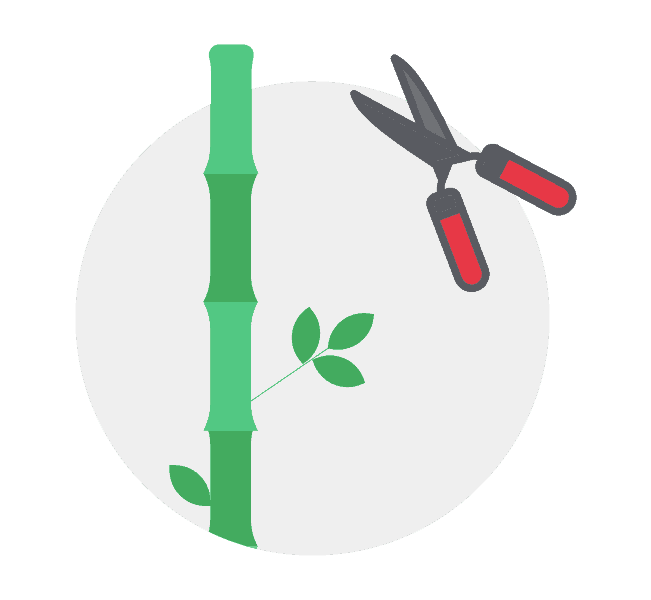 Cut your rhizome into several pieces between 3 and 4 centimeterseach. After cutting them, let them sit in a dry place for a few days to allow them to heal.
Cut your rhizome into several pieces between 3 and 4 centimeterseach. After cutting them, let them sit in a dry place for a few days to allow them to heal.
You’ll notice that within a few days, each piece will develop a protective callus on the cut surface, reducing the risk of infection.
3. Clear the ground
It removes weeds and remains of previous crops and all kinds of residues to ensure that your yam receives the correct amount of nutrients.
All plants must be pulled out by the roots to prevent them from growing back.
4. Prepare the soil
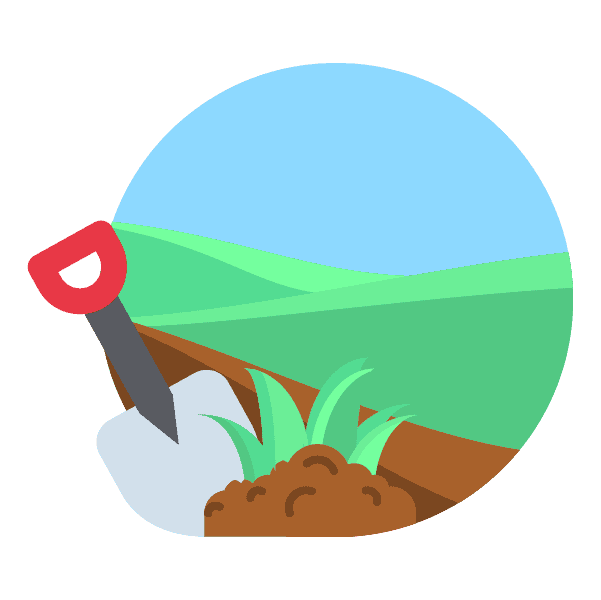 Fertilize the soil with plenty of compost. If you want, you can add a fertilizer rich in potassium to favor the thickening of the tubers.
Fertilize the soil with plenty of compost. If you want, you can add a fertilizer rich in potassium to favor the thickening of the tubers.
Moisten the soil before sowing yams to improve the quality of the substrate.
If you plant in a pot, it is best to fill it with a part ofcompost or earthworm humus and three parts of organic soil. Remember that the soil must be spongy and well aerated so that it can drain the water well.
5. Put the yam rhizomes into the soil
Bury each piecehorizontally to a depth of between 3 and 7cm, ensuring that the part where the cuts were made are facing upwards and the shell downwards. Then cover them with soil or compost.
6. Water the land
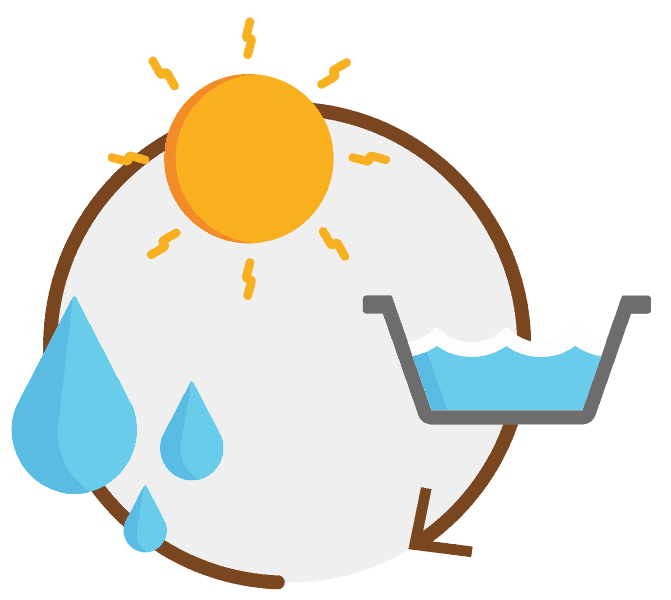 Be sure to wet the soil with plenty of water, butpreventing it from getting waterlogged.
Be sure to wet the soil with plenty of water, butpreventing it from getting waterlogged.
Check the soil daily and water to keep the soil moist. Do not overdo the risks. Remember that soil with too much water will rot the plants.
7. Be patient
The nameIt will germinate between 20 and 25 days after sowing.
You will be able to see the first stems at about 5 weeks. Thus begins the latency stage, which lasts between 3 and 4 months. This stage is characterized by the fact that the stem dries up and acquires a brown hue, but other than that, it does not seem to experience any other visible external changes.
How to collect yams
 The yam will be ready for consumption at approximately6 months after being planted. The period coincides with the drying of the liana and because the aerial parts begin to wither.
The yam will be ready for consumption at approximately6 months after being planted. The period coincides with the drying of the liana and because the aerial parts begin to wither.
Once the stem dies stop watering the soil and dig up the rhizome.
Cut the rhizomes with a sanitized knife. After you have finished cutting, place the rhizomes back in the soil. Make sure they are completely covered in soil so they continue to grow.
Freshly cut yams should be washed, dried in the shade, and stored in a cool, well-ventilated place.
Yam pests and diseases
Some of the most common pests and diseases that affect yams are:
nematodes
To control them, we can plant garlic cloves as a repellent. It is also important to have a crop rotation and fertilize our soil.
They can also be treated with steam sterilization and solarization.
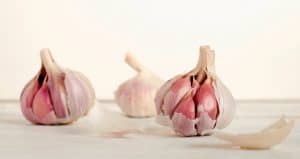
Lasiodiplodia SSP
They arise due to an excess of humidity and poorly drained and poorly ventilated substrates. They damage the rhizome and the base of the stems. The rhizome shows spots and malformations.
For its control, it is recommended to eliminate diseased plants, carry out proper management of the crop —fertilizer, irrigation, etc.— and carry out preventive treatments with copper -based products and antibiotics.
anthracnose
It is a plant disease in very humid substrates. It causes spots on the leaves and necrosis on the stems, which often lead to wilting and death of the tissues.
To prevent it, it is recommended to install a drip irrigation system and apply horsetail. As well as favoring the good ventilation of the plants.
Other tubers:

